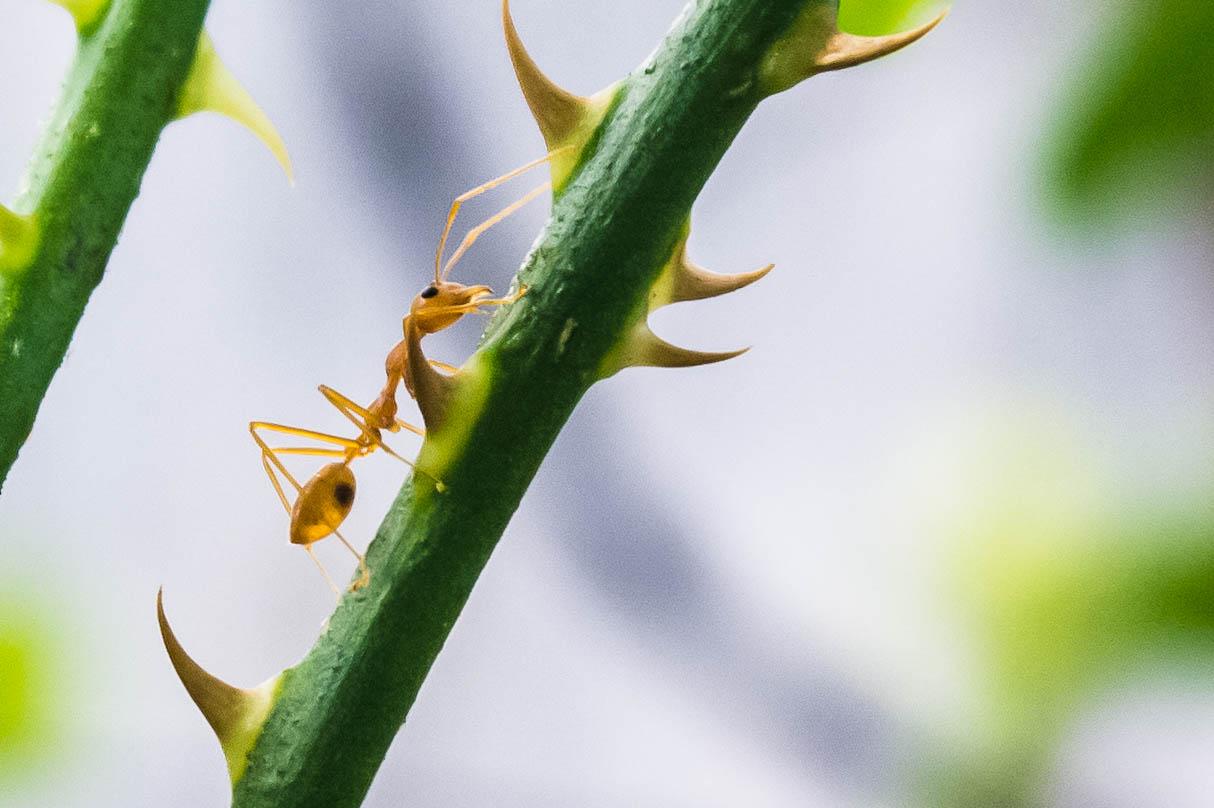Let’s say the weather is beautiful, and you decide to have a picnic. You pack a hamper with sandwiches, fruit, and a blanket. All set for lunch on the grass.
But just as you’ve set out the food, they appear: ants! Everywhere! And they’re hoping to snack on your Reubens and lemonade!
Annoyed, you move the blanket and remind yourself of ants’ virtues: they curb pest populations, help agriculture cultivation, and aerate soil. And some of them can sting you. Painfully.
Of course, that last characteristic isn’t exactly a positive. It’s a trait, though, of an invasive species of insects commonly known as fire ants. These are some six-legged guests you don’t want at your picnic!
If you live in Texas or the southeastern United States, you’ve likely been warned about fire ants. Their name comes from their painful, venomous sting, which creates a burning sensation in their victim. First, the ant latches on with its strong mandibles. Then, it stabs its sharp stinger, repeatedly. The burning sting, combined with red coloration and aggressive behavior, certainly make them some fiery creatures.
If you don’t bother fire ants, they won’t bother you. But beware knocking over a mound. The ants respond to disturbances: when they sense your movement, they won’t hesitate to swarm. Once a single ant starts biting and stinging, its companions will follow suit. The stings leave red spots on your skin that eventually become unpleasant white pustules. Ouch!
While there are methods to control fire ants, be sure to check with an expert first. In the meantime, if your picnic risks a fire ant run-in, maybe you should eat indoors.









